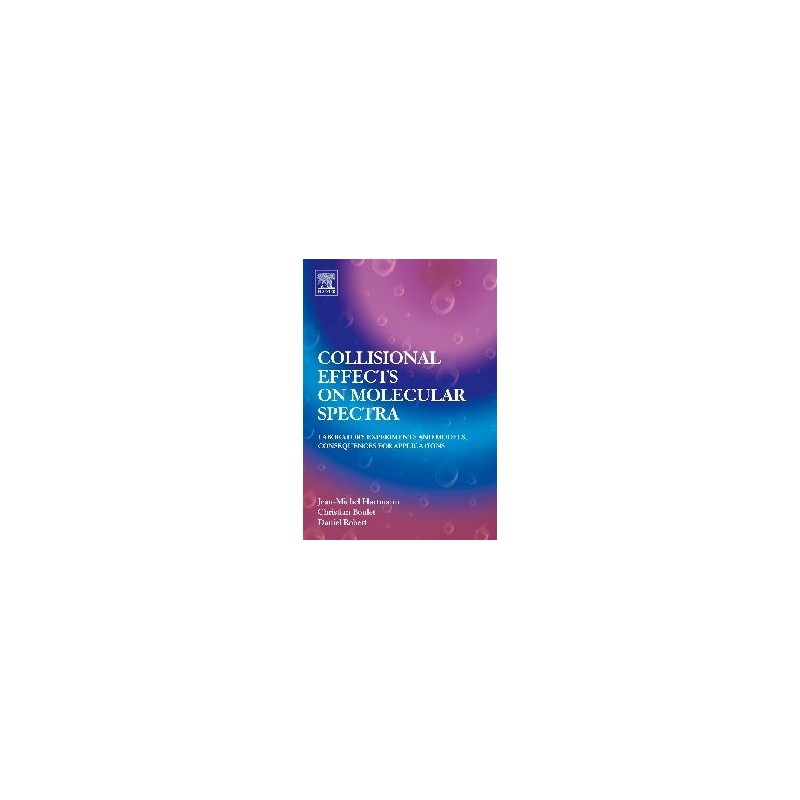- Obecnie brak na stanie




darmowa wysyłka na terenie Polski dla wszystkich zamówień powyżej 500 PLN

Jeśli Twoja wpłata zostanie zaksięgowana na naszym koncie do godz. 11:00

Każdy konsument może zwrócić zakupiony towar w ciągu 14 dni bez zbędnych pytań
Brak towaru
Karta microSD UHS-1 8GB do ODROIDA C2 z wgranym oprogramowaniem Linux
Brak towaru
Brak towaru
Brak towaru
PCB i zaprogramowany układ do 8-kanałowego przełącznika sterowanego dowolnym pilotem na podczerwień. AVT3138 A+
Brak towaru
Brak towaru
Brak towaru
Brak towaru
Brak towaru
Przenieś się w świecie lotnictwa i zrealizuj swoje marzenia o lataniu z zestawem "Awiator" od UGEARS. Skomplikowany, lecz fascynujący mechanizm sterowania oraz doskonała jakość materiałów sprawią, że spędzisz niezapomniane chwile, opanowując umiejętności pilotażu. UGears 70053
Brak towaru
CENTRALKA ALARMOWA AUTOUZBRAJALNA, ZE ZMIENNYM HASŁEM I RS485 - PŁYTKA DRUKOWANA I ZAPROGRAMOWANY UKŁAD
Brak towaru
Model UGEARS Top Fuel Dragster to wyszukany i dynamiczny projekt DIY, który za pomocą 321 części i zaawansowanych mechanizmów sprężynowych ożywia emocje wyścigów dragsterowych na biurku każdego miłośnika motoryzacji. UGears 70174
Brak towaru
Brak towaru
KAmodRPi ADC_DAC to moduł z 10-bitowym przetwornikiem analogowo-cyfrowym MCP3021 oraz z 10-bitowym przetwornikiem cyfrowo-analogowym MCP4716, przeznaczony dla Raspberry Pi.
Brak towaru
Moduł umożliwia komunikację bezprzewodową za pomocą technologii Bluetooth Low Energy w wersji 4.0. lub Bluetooth BR/EDR, posiada wbudowany układ BM77SPPS3MC2 z interfejsem UART. MOD-62
Brak towaru
Brak towaru

